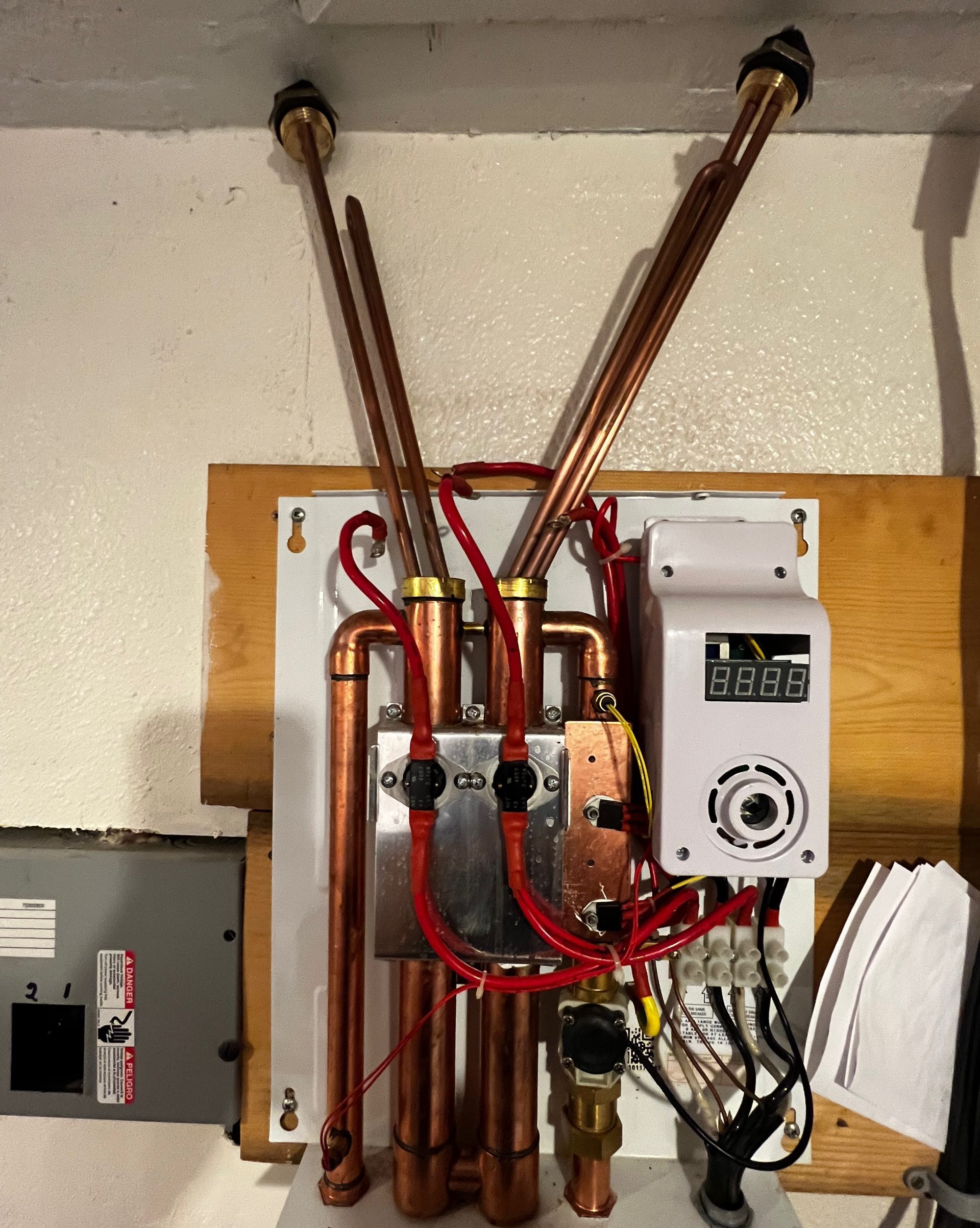Important Care Techniques for Your Home's Hot Water System
Important Care Techniques for Your Home's Hot Water System
Blog Article
Just about everyone is bound to have his or her own way of thinking about Water Heater Maintenance Tips You Can't Afford to Forget.

Hot water is essential for everyday convenience, whether it's for a refreshing shower or cleaning recipes. To ensure your hot water system runs successfully and lasts much longer, routine upkeep is essential. This short article offers practical ideas and understandings on just how to keep your home's hot water system to avoid interruptions and pricey repair services.
Intro
Keeping your home's warm water system could seem complicated, yet with a few basic steps, you can guarantee it runs efficiently for many years to find. This overview covers everything from recognizing your hot water system to do it yourself maintenance pointers and understanding when to call expert help.
Relevance of Maintaining Your Warm Water System
Routine upkeep not just expands the life expectancy of your hot water system yet additionally guarantees it operates successfully. Overlooking upkeep can result in lowered efficiency, greater energy expenses, and even early failure of the system.
Indications Your Warm Water System Needs Maintenance
Recognizing when your hot water system requires interest can protect against significant issues. Look out for indicators such as inconsistent water temperature level, strange sounds from the heater, or rustic water.
Recognizing Your Warm Water System
Prior to diving into upkeep tasks, it's handy to understand the standard components of your hot water system. Commonly, this includes the hot water heater itself, pipes, anode poles, and temperature controls.
Month-to-month Maintenance Tasks
Normal regular monthly checks can aid catch small problems before they intensify.
Flushing the Water Heater
Purging your hot water heater eliminates debris buildup, enhancing efficiency and lengthening its life.
Monitoring and Changing Anode Rods
Anode rods protect against rust inside the container. Evaluating and changing them when worn out is vital.
Evaluating and Adjusting Temperature Settings
Changing the temperature level setups makes sure optimal performance and security.
DIY Tips for Maintenance
You can execute several upkeep tasks yourself to keep your hot water system in top condition.
Looking for Leaks
Regularly inspect pipes and connections for leaks, as these can cause water damage and greater costs.
Examining Stress Alleviation Valves
Checking the stress relief valve ensures it works appropriately and avoids extreme stress accumulation.
Protecting Pipes
Shielding warm water pipelines minimizes warm loss and can save power.
When to Call a Specialist
While do it yourself maintenance is advantageous, some concerns require expert experience.
Complex Concerns Calling For Expert Assistance
Instances include major leaks, electric problems, or if your water heater is consistently underperforming.
Regular Specialist Upkeep Advantages
Professional upkeep can consist of detailed evaluations, tune-ups, and making certain compliance with safety and security requirements.
Conclusion
Regular upkeep of your home's hot water system is important for performance, durability, and cost financial savings. By complying with these tips and recognizing when to seek specialist assistance, you can make certain a reliable supply of warm water without unexpected interruptions.
How to Maintain an Instant Hot Water Heater
Before tinkering with your hot water heater, make sure that it’s not powered on. You also have to turn off the main circuit breaker and shut off the main gas line to prevent accidents. Also turn off the water valves connected to your unit to prevent water from flowing into and out of the appliance. 2. When you’re done, you have to detach the purge valves’ caps. These look like the letter “T†and are situated on either side of the water valves. Doing so will release any pressure that has accumulated inside the valves while at the same time avoid hot water from shooting out and burning your skin. 3. When the purge valves’ caps are removed, you have to connect your hosing lines to the valves. Your unit should have come with three hoses but if it didn’t, you can purchase these things from any hardware or home repair shops. You can also get them from retail stores that sell water heating systems. Read the user’s manual and follow it to complete this task properly. When the hosing lines are connected, open the purge port’s valves. 4. You should never use harsh chemical cleaners or solutions when cleaning your unit. Make use of white vinegar instead. It should be undiluted and you’ll probably use about 2 gallons. 5. Now flush your water heater. This task should probably take about 40 minutes. We can’t give you specific directions for this because the procedure is carried out depending on the type, model and brand of your heater. With that being said, refer to the user’s manual. 6. When you’re done draining the unit, you have to turn off the purge port valves again. Remove the hosing lines that you earlier installed on each of the water valves. Put the valve caps (purge port) back in their respective places and be very careful so as not to damage the rubber discs that are found inside these caps. 7. Now that everything’s back in place, check your user’s manual again to find out how to reactivate your water heating system. 8. Once it is working, turn one of your hot water faucets on just to let air pass through the heater’s water supply pipes. Leave the tap on until water flows smoothly out of it. https://www.orrplumbing.com/blog/2014/september/how-to-maintain-an-instant-hot-water-heater/

I stumbled upon that page about What Kind of Maintenance Do Water Heaters Need? when surfing the search engines. Sharing is good. Helping others is fun. I thank you for reading our article about How to Maintain a Hot Water Heater in a Few Simple Steps.
Call Today Report this page